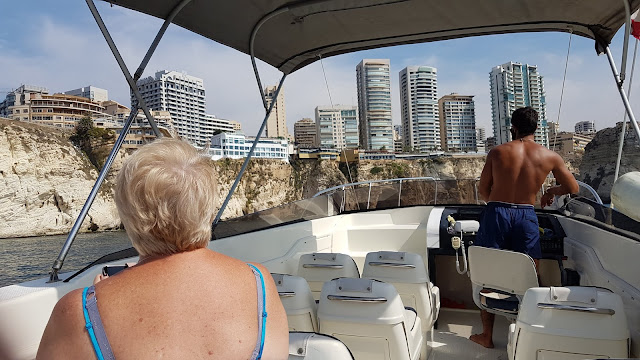January and early February will see us for the first time in Costa Rica, indeed this will be our first time in Central America so this blog is by way of an introduction to this increasingly popular tourist destination. The vast majority of visitors are either eco tourists in search of the wildlife or surfers in search of the waves. Nearly all of these come on pre organised packages. I have put this package together with a combination of research, guesswork and help from friends with local experience. Time will tell if the guesses are correct and the online local bus timetables are not works of fiction.
But first, meet Costa Rica. Named in Spanish meaning "rich coast", perhaps because indigenous people were spotted wearing gold or maybe as propaganda, a little like Greenland. Christopher Columbus was responsible for the Spanish connection with his visit to the Eastern shores during his final journey of 1502. The territory was colonised by the conquistador Gil Gonzalez Davila who arrived via the West shore in 1522. It was always somewhat peripheral to the Spanish empire, perhaps because there were insufficient locals to create a decent slave workforce. The result was that it was largely unappreciated and overlooked by the Spanish monarchy. Perhaps this is one reason why it developed into a more egalitarian state than its neighbours.
You can see above a nice map of the country and its context in Central America. Although distances look modest, journey times are lengthy due to the poor road infrastructure. Roads are not easy to build and maintain in a tropical rainforest.
Some more geopolitical facts; it has a population of about 5 million nearly half of whom live in or around the capital San Jose, it's known for its stable democracy and highly educated workforce, most of whom speak English. It spends 6.9% of its budget on education (cf world average of 4.4). In 1949 it abolished its standing army after a civil war and remains one of the world's few sovereign states without one.
Costa Rica performs consistently well in the UNESCO Human Development Index being placed 69th in the world, the highest of any Latin America country. It has impressive "green" credentials. It is the only country to meet all 5 of the UNDP criteria measuring environmental sustainability. New Economics Foundation identified it as the greenest country in the world in 2009. By 2016 98.1% of electricity was generated from green sources. It plans to be carbon neutral by 2021. Finally it has a higher proportion of its landmass designated as protected National Parkland (and sea) than any other country in the world. The diversity of its biosphere is immense. This is why you go to Costa Rica for the wildlife.
In order to follow the rest of this blog, you need to open the link below and you can follow the itinerary in more detail.
https://1drv.ms/x/s!Ar4ehnDjtvJGbWoMN6K7oFsF8c8
But first, meet Costa Rica. Named in Spanish meaning "rich coast", perhaps because indigenous people were spotted wearing gold or maybe as propaganda, a little like Greenland. Christopher Columbus was responsible for the Spanish connection with his visit to the Eastern shores during his final journey of 1502. The territory was colonised by the conquistador Gil Gonzalez Davila who arrived via the West shore in 1522. It was always somewhat peripheral to the Spanish empire, perhaps because there were insufficient locals to create a decent slave workforce. The result was that it was largely unappreciated and overlooked by the Spanish monarchy. Perhaps this is one reason why it developed into a more egalitarian state than its neighbours.
You can see above a nice map of the country and its context in Central America. Although distances look modest, journey times are lengthy due to the poor road infrastructure. Roads are not easy to build and maintain in a tropical rainforest.
Some more geopolitical facts; it has a population of about 5 million nearly half of whom live in or around the capital San Jose, it's known for its stable democracy and highly educated workforce, most of whom speak English. It spends 6.9% of its budget on education (cf world average of 4.4). In 1949 it abolished its standing army after a civil war and remains one of the world's few sovereign states without one.
Costa Rica performs consistently well in the UNESCO Human Development Index being placed 69th in the world, the highest of any Latin America country. It has impressive "green" credentials. It is the only country to meet all 5 of the UNDP criteria measuring environmental sustainability. New Economics Foundation identified it as the greenest country in the world in 2009. By 2016 98.1% of electricity was generated from green sources. It plans to be carbon neutral by 2021. Finally it has a higher proportion of its landmass designated as protected National Parkland (and sea) than any other country in the world. The diversity of its biosphere is immense. This is why you go to Costa Rica for the wildlife.
In order to follow the rest of this blog, you need to open the link below and you can follow the itinerary in more detail.
https://1drv.ms/x/s!Ar4ehnDjtvJGbWoMN6K7oFsF8c8

































































